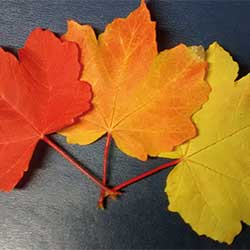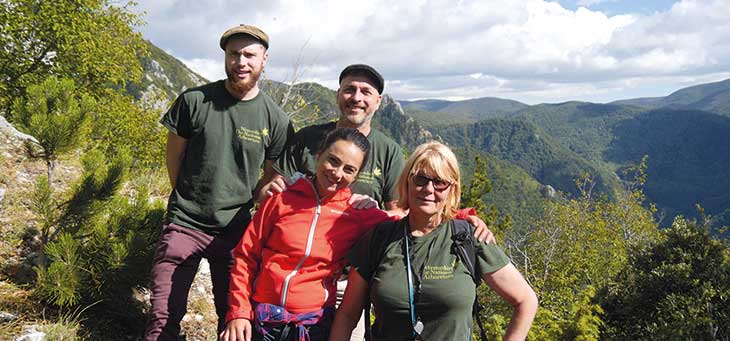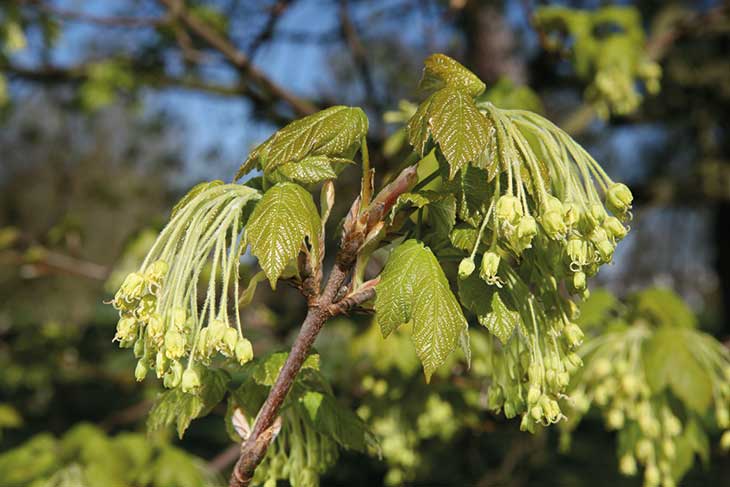New roots for Westonbirt
Amazingly, planting this year was done in record time despite serious setbacks from snow and wind. Planting started in mid-January and was completed by the 14 March.
Quite a feat considering there were 286 plants that needed sites! Luckily, due to some removal of self-seeded natural woodland, a large area was created alongside Broad Drive which enabled us to allocate 99 plants to those sections.
Most of the plants originate from the COWS (California, Oregon and Washington State) trip in 2015 as well as some from the WITA (Westonbirt, Italy) trip last autumn and a few from the 2014 WECA (Westonbirt, East Coast America).
Of those that are new to the collection I’ve selected two that would be more able to adapt to the predicted hotter and dryer climate of the future. These are plants that meet our Science and Research criteria of our Accessions Policy.
My selections are:

Acer opalus subsp. obtusatum
A tree that is found growing in the hot dry Mediterranean climate in sandy soils with a high quartz content. It has a distribution range of Algeria, the Italian Appenine peninsula and the Balkans and we’ve planted six of these in the 2050 glade. An extra bonus is that they have amazing autumn colour.
Leptospermum glaucescens
A small leaved evergreen commonly known as the blue-green tea-tree or smokey tea-tree so called because of the colour and size of its foliage. Plants with small silver or grey leaves reflect the sunlight and lose less water in its drying heat and are therefore adapted to growing in deserts. It’s a native of Tasmania and a member of the myrtle family.

New additions to our Plant Heritage National Collections this year are:

Bosnian maple, Acer opalus subsp. obtusatum (WITA11, 12, 50 and 57)

Italian maple, Acer opalus subsp. opalus (WITA72)

Tilia callidonta

Tilia endochrysea

Noble lime, Tilia nobilis KR
New as wild collected specimens in the living collection are:

Sycamore, Acer pseudoplatanus (multiple WITA collections) – we currently have 88 plants but all are without any provenance details

Western red cedar, Thuja plicata (COWS02) – we have 133 plants but none are of known wild origin

Nootka cypress, Xanthocyparis nootkatensis (COWS26) – we have 40 plants but none are of known wild origin
Some new introductions are:

Western larch, Larix occidentalis (COWS21)

Blue-green tea-tree or smokey tea-tree, Leptospermum glaucescens (LANC1768)

Tan or Tanbark Oak, Lithocarpus densiflorus (COWS037)

Magnolia laevifolia × maudiae

Platanus racemosa (COWS69)

Kowhai, Sophoro microphylla
There are a number of these new additions which are suitable subjects for testing monitoring climate change. Plant, soil and water analysis can all contribute to studies on climate change, providing sensitive, long-term data on subtle changes in the health of ecosystems.
